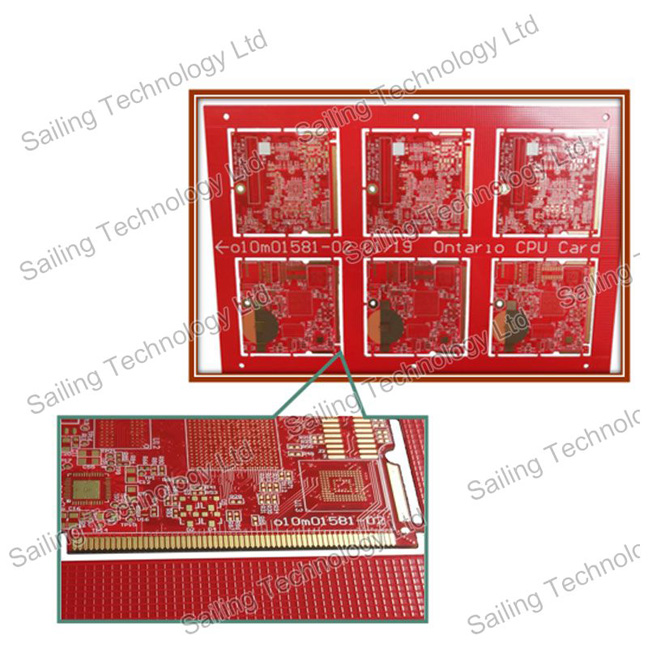Why Are PCB Multilayer Boards all Even Layers?
PCB boards have single-sided, double-sided and multilayer, of which there is no limit to the number of layers, there are already more than 100 layers of PCBs, while the common multilayer PCB is four and six-layer board.
(TUV PV solar cable) have single-sided, double-sided and multilayer, of which there is no limit to the number of layers, there are already more than 100 layers of PCBs, while the common multilayer PCB is 4 layer board, 6layer board and 12 layer PCB. Then why do we have "PCB multilayer board why are even layers?" What about this question? Relatively speaking, even-layer PCBs do have more advantages than odd-layer PCBs.
1. Lower cost
Because there is one less layer of media and foil, the cost of raw materials for odd-layer PCBs is slightly lower than for even-layer PCBs, but the processing cost of odd-layer PCBs is significantly higher than that of even-layer PCBs. the processing cost of the inner layer is the same, but the foil/core structure clearly increases the processing cost of the outer layer.
Odd-layer PCBs require a non-standard laminated core layer bonding process on top of the core structure process. Compared to the core structure, the productivity of the factory will be reduced by adding the foil outside the core structure. Before lamination bonding, the outside core requires additional process treatment, which increases the risk of scratches and etching errors on the outer layer.
2. Balanced structure to avoid bending
The best reason for not using odd-layer design PCBs is that odd-layer boards tend to bend. When the PCB is cooled after the multilayer circuit bonding process, the different lamination tensions between the core and foil structures as they cool can cause the PCB to bend. As the thickness of the board increases, the risk of bending a composite PCB with two different structures becomes greater.
The key to eliminating board bending is to use a balanced lamination. Although PCBs with a certain degree of bending meet the specification requirements, the subsequent processing will be less efficient and lead to increased costs. Because of the special equipment and processes required for assembly, the accuracy of component placement is reduced and therefore quality will be compromised.

In other words, it is easier to understand: in the PCB process process, four-layer board than three-layer board better control, mainly in terms of symmetry, four-layer board warpage can be controlled to less than 0.7% (IPC600 standard), but the three-layer board size is large, warpage will exceed this standard, this will affect the SMT placement and the reliability of the entire product, so the general designer, are not designed to odd layer board, even if it is an odd number of layers to achieve the function, will also be designed as a false even number of layers, that is, 5 layers designed as 6 layers, 7 layers designed as 8 layers board.
For these reasons, most PCB multilayers are designed as even layers, with fewer odd layers.
If an odd-layer PCB appears in the design, what should be done?
The following methods can be used to achieve a balanced stack of layers, reduce PCB production costs and avoid PCB bending.
1.A signal layer and use. If the design PCB power supply layer for an even number of signal layers can be used for this method. The additional layers do not increase the cost, but can shorten the delivery time and improve the quality of the PCB.
2. Add an additional power supply layer. This method can be used if the PCB is designed with an odd number of power layers and an even number of signal layers. A simple method is to add a ground layer in the middle of the stack without changing the other settings. The PCB is first wired as an odd number of layers, and then the ground layer is copied in the middle to mark the remaining layers. This has the same electrical characteristics as laying foil with a thicker ground layer.
3.Add a blank signal layer near the centre of the PCB stack. This method minimises lamination imbalances and improves the quality of the PCB. Start with an odd number of layers, add a blank signal layer and mark the remaining layers. Used in microwave circuits and mixed media (media with different dielectric constants) circuits.